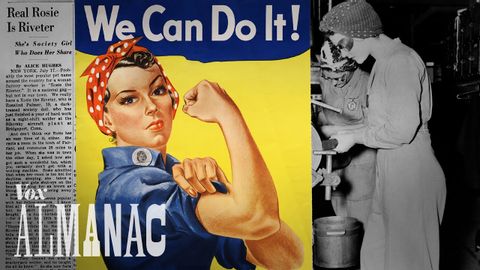
Subtitles & vocabulary
The real story behind this war poster
00
Lee Amanda posted on 2020/05/29Save
Video vocabulary
effort
US /ˈɛfət/
・
UK /ˈefət/
- Uncountable Noun
- Amount of work used trying to do something
- A conscious exertion of power; a try.
A2TOEIC
More decline
US /dɪˈklaɪn/
・
UK /dɪ'klaɪn/
- Intransitive Verb
- To bend towards the ground
- To slope downward.
- Verb (Transitive/Intransitive)
- To lessen in quality or value
A2TOEIC
More advocate
US /ˈædvəˌket/
・
UK /'ædvəkeɪt/
- Noun (Countable/Uncountable)
- A lawyer who protects a clients interests
- Person who supports a movement for changes
- Verb (Transitive/Intransitive)
- To request change
- To publicly support a belief
B1TOEIC
More ubiquitous
US /juˈbɪkwɪtəs/
・
UK /ju:ˈbɪkwɪtəs/
- Adjective
- Found everywhere; found in many places
C2TOEIC
More Use Energy
Unlock All Vocabulary
Unlock pronunciation, explanations, and filters
